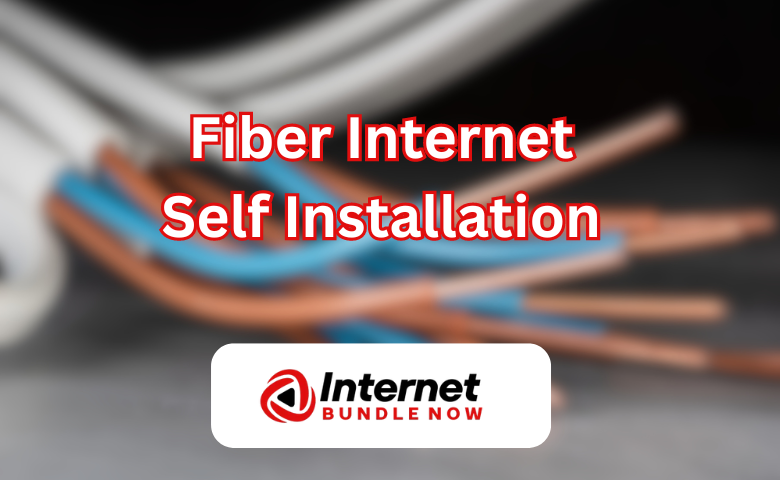- TV
How to Get Premium Channels with Your Cable TV Bundle?
Access to exclusive entertainment content is a priority for many viewers seeking a richer television experience. Premium chan...
Explore More
Welcome to the future of internet connectivity—fiber internet! If you're ready to experience lightning-fast speeds and unrivaled reliability, you're in the right place. In this guide, we'll walk you through everything you need to know about setting up your fiber internet, from understanding what fiber internet is to the actual installation process. Let’s dive in and get you connected to the digital world in the best way possible.
Fiber internet is a cutting-edge technology that uses fiber-optic cables to transmit data as light signals. Unlike traditional copper cables, fiber-optic cables are made of thin strands of glass or plastic, capable of carrying vast amounts of data at incredibly high speeds. This technology is designed to meet the growing demands of modern internet usage, offering unparalleled performance for everything from streaming and gaming to remote work and smart home connectivity.
| Pros | Cons |
| Speed: Fiber internet provides blazing-fast speeds, often exceeding 1 Gbps, allowing you to download, upload, and stream without any lag. | Availability: Fiber internet is not yet available everywhere, primarily due to the infrastructure required for its deployment.
|
| Bandwidth: With higher bandwidth capacity, multiple devices can be connected and used simultaneously without compromising speed.
| Cost: Installation and service plans can be more expensive compared to traditional internet options, though prices are becoming more competitive.
|
| Reliability: Fiber-optic cables are less susceptible to interference and degradation, ensuring a consistent and reliable connection. | Installation Time: Setting up fiber internet can take longer than other types of internet, as it often requires laying new cables.
|
| Future-Proof: As the demand for faster internet grows, fiber internet is well-equipped to handle future advancements and increased usage.
|
When selecting a fiber internet provider, it's essential to consider factors like coverage, speed, customer service, and pricing.
We recommend Spectrum if you speed is your priority, as it provides speed upto 300mbps in select areas, and free Modem. You can check spectrum availability with us.
Once you've chosen your provider, follow these steps to set up your fiber internet:
1. Schedule Installation:
Contact your chosen provider to schedule an installation appointment. A professional technician will need to install the fiber-optic lines to your home.
2. Prepare Your Home:
Ensure that the technician has easy access to your home’s utility lines. Clear any obstacles that might impede the installation process.
3. Install Fiber-Optic Cable:
The technician will install a fiber-optic cable from the nearest utility pole or underground line to your home. This may involve some drilling and running cables through walls.
4. Set Up Optical Network Terminal (ONT):
An Optical Network Terminal (ONT) will be installed inside your home. This device converts the fiber-optic signals into a format that your devices can use. It typically needs to be placed near a power outlet and the point where the fiber line enters your home.
5. Connect Your Router:
Once the ONT is installed, you can connect your router to it. Most providers will supply a compatible router, but you can also use your own. Ensure your router supports high speeds to take full advantage of fiber internet.
6. Test Your Connection:
After everything is set up, test your internet connection. Check the speed and reliability by connecting multiple devices and running a speed test. If there are any issues, contact your provider’s customer support for assistance.
Setting up your fiber internet is an exciting step towards enjoying faster and more reliable internet connectivity. By choosing the right provider and following these steps, you'll ensure a smooth and efficient installation process. Embrace the power of fiber internet and transform your online experience today.
Latest insights, tips, and updates from our experts.
Admin
How to Setup Your Fiber Internet in USA? Complete Guide